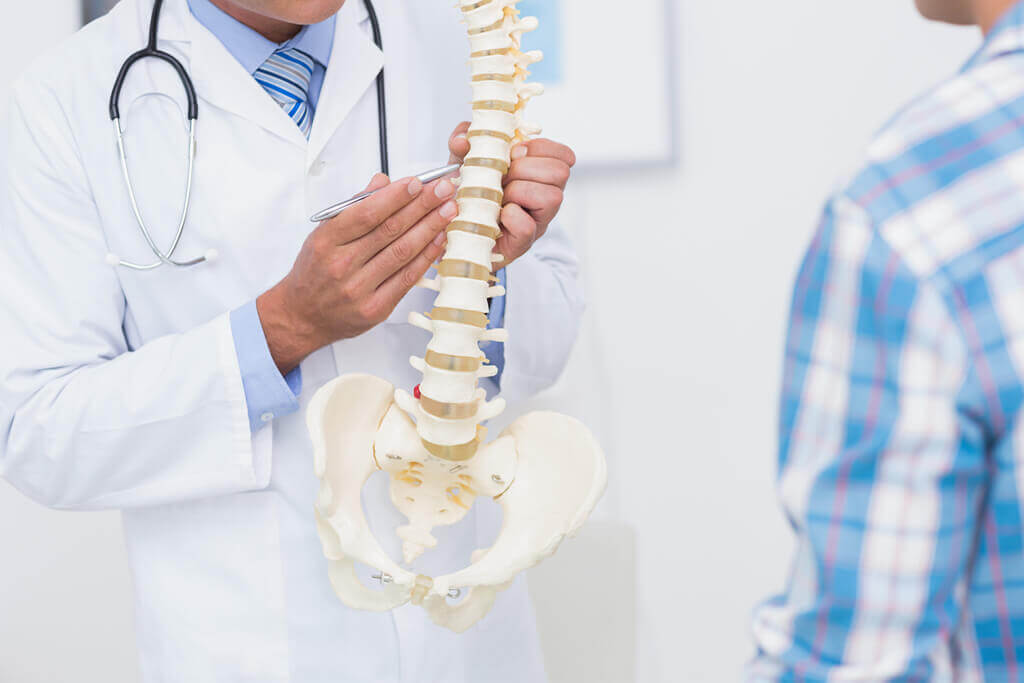Magnetic Resonance Imaging (MRI)
Introduction
Preparation
MRI is usually performed at an outpatient radiology center or the radiology department of a hospital. You will need to remove metal objects from your body, such as jewelry, watches, pens, eyeglasses, pocket knives, and removable dental ware. Tell the staff if you have a pacemaker, cochlear implant, surgical hardware, breast tissue expander, neurostimulators, IVC filter, penile implant, older vascular stents, or silver backed medicated skin patches. People with heart pacemakers should not have MRIs. Let the staff know if you have claustrophobia, a fear of small confined spaces. You may receive a sedative prior to the procedure to help you relax. Some types of MRIs may require fasting prior to the test. You will receive specific preparation instructions when you schedule your appointment.
Procedure
You will lie on a narrow table, and the technician will position your body. Small devices, called coils, may be placed by your body to enhance the images. You may also receive contrast dye that is administered through an IV line.
Once you are positioned, the technician will step back into the control room. You will be able to communicate with the technician via a microphone at all times. The table will slide into the MRI machine. You will be asked to remain motionless while the images are taken. MRI is a painless procedure.
The MRI machine will make a loud thumping or humming noise when in use. You may receive earplugs or headphones to wear. The length of the test depends on the area being studied and the specifics of the examination. MRIs can take from as little as a few minutes to over one hour.
A radiology technician may perform your test, but is not qualified to diagnose or discuss your condition or results with you. A radiologist or your doctor will review the results with you.

Copyright © - iHealthSpot Interactive - www.iHealthSpot.com
This information is intended for educational and informational purposes only. It should not be used in place of an individual consultation or examination or replace the advice of your health care professional and should not be relied upon to determine diagnosis or course of treatment.
The iHealthSpot patient education library was written collaboratively by the iHealthSpot editorial team which includes Senior Medical Authors Dr. Mary Car-Blanchard, OTD/OTR/L and Valerie K. Clark, and the following editorial advisors: Steve Meadows, MD, Ernie F. Soto, DDS, Ronald J. Glatzer, MD, Jonathan Rosenberg, MD, Christopher M. Nolte, MD, David Applebaum, MD, Jonathan M. Tarrash, MD, and Paula Soto, RN/BSN. This content complies with the HONcode standard for trustworthy health information. The library commenced development on September 1, 2005 with the latest update/addition on February 16, 2022. For information on iHealthSpot’s other services including medical website design, visit www.iHealthSpot.com.


